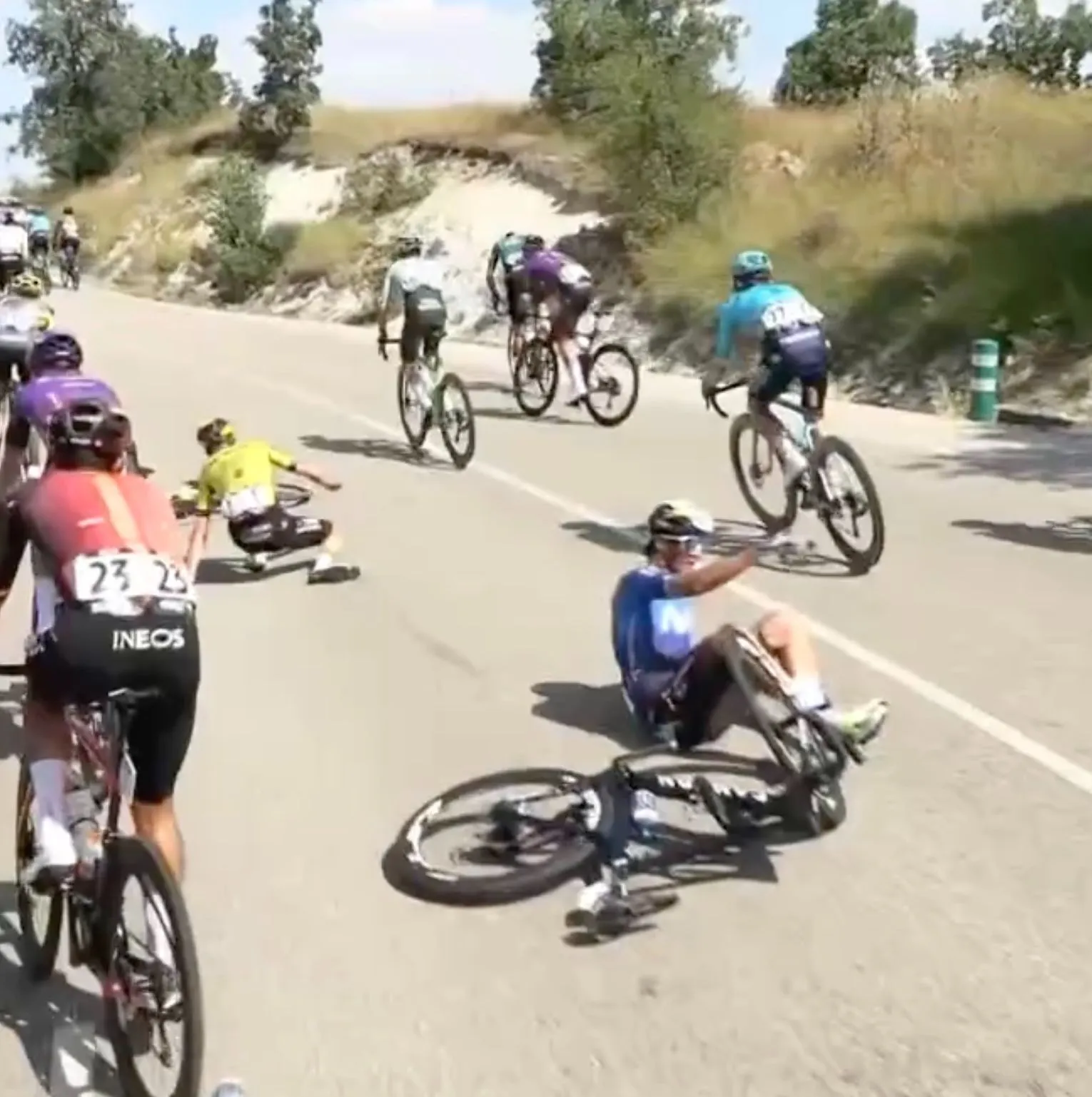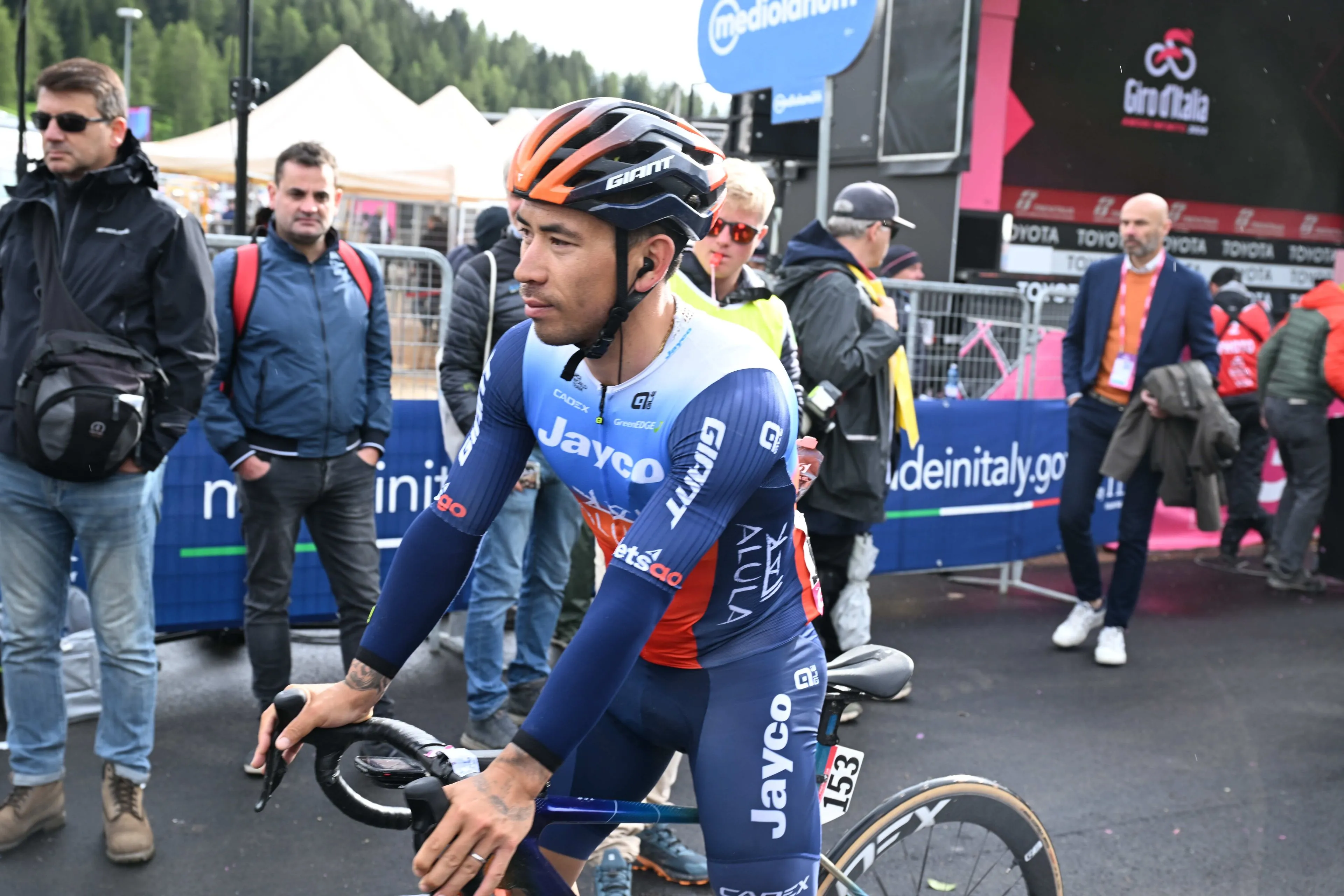Disaster on the road: How top cyclists’ Vuelta dreams crumbled in Burgos
CyclingThursday, 08 August 2024 at 08:00
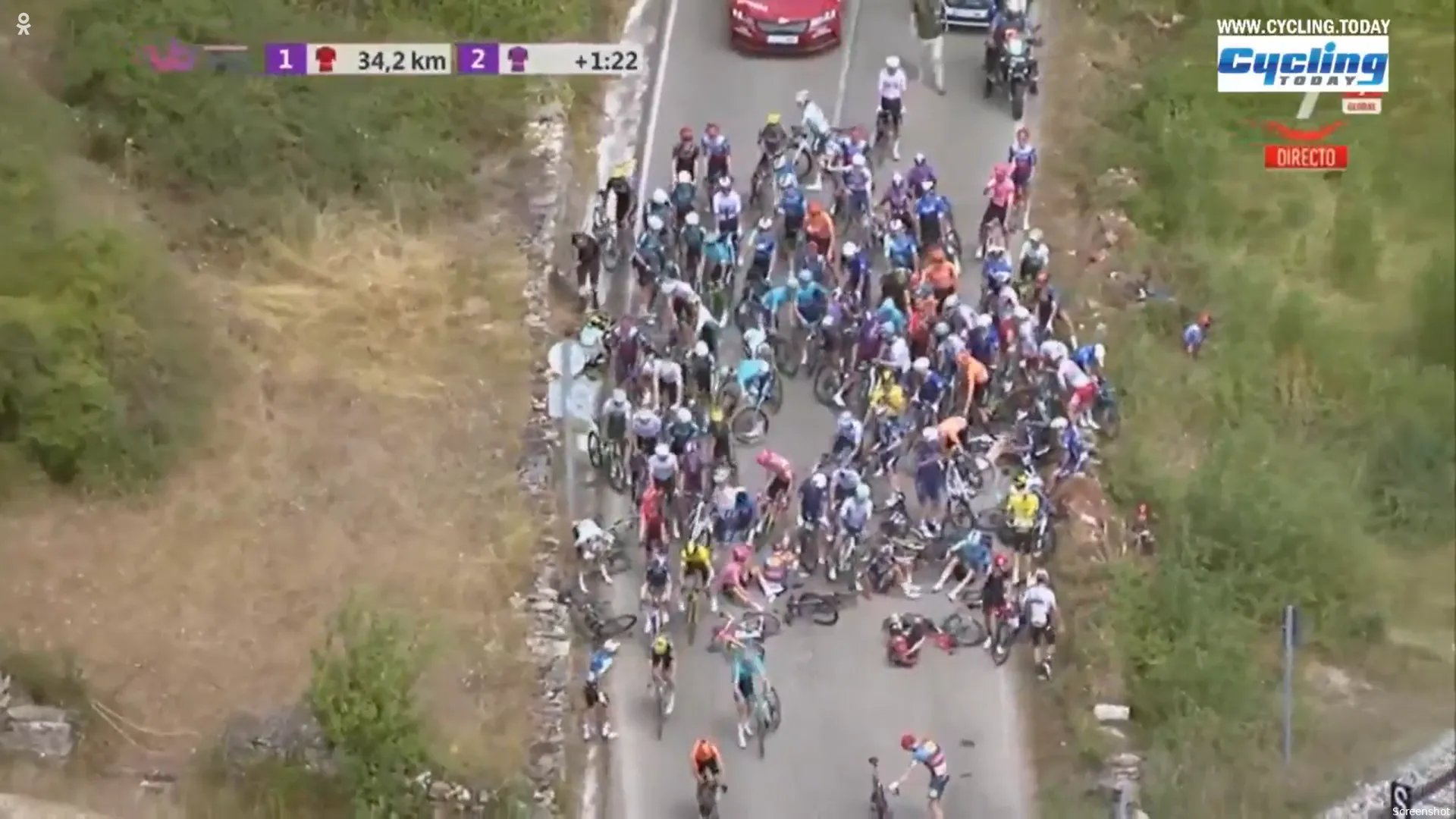
Serene images of endless Spanish fields and beautiful mountains in the background. A breakaway group of four, sitting ducks. And then... "Caida, caida!" the Spanish commentator shouts over the stream. A massive pile-up in the second stage of the Tour of Burgos. Again. Just like on day one. This time with many victims. Big names. Classics riders, who had set their sights on a splendid autumn, starting with a strong showing in the Tour of Burgos. Unfortunately, this preparatory race too becomes one of broken dreams and broken bones.
ADVERTISEMENT
Because the cycling year 2024 already has a common theme: many magnificent battles, whether in the spring among the classics specialists or in the summer among the top general classification riders, didn’t really materialize. Many races before the real big events resulted in dramatic mass crashes and shelved ambitions. And this while many riders didn’t even race to win, but merely to get into shape. It's a strange trend. A trend that complicated and in many cases destroyed the aspirations of Wout van Aert, Mads Pedersen, Jonas Vingegaard, Remco Evenepoel, Tao Geoghegan Hart, and many others.
Burgos fits in the line-up with races like Dwars door Vlaanderen, the Tour of the Basque Country, and the Dauphiné
ADVERTISEMENT
In the Tour of Burgos, we see a large contingent of men who have set their sights on a distinguished place in the Vuelta. Damiano Caruso, Geoghegan Hart, and Nairo Quintana, for example. They are now either at home, in a deserted hotel, or mummified on a bike. But still plodding on, held back by sheer bad luck. By a pebble, a steering mistake, or something else trivial. Thymen Arensman barely survived all the crashes. He and others are still riding around in Burgos, hoping and praying for no more unnecessary crashes.
Continue reading below the photo.
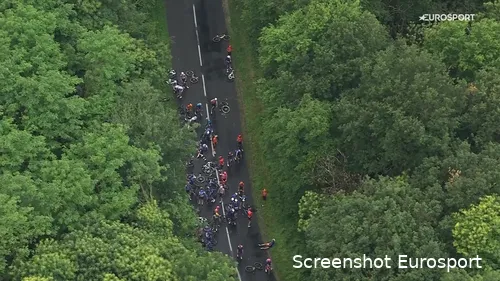
Half the peloton on the ground after the slip and slide in the Dauphiné
ADVERTISEMENT
The misery in Burgos fits into a long line of cursed preparatory races. Competitions, where a result for the biggest participants is a nice bonus, but the steps in the process towards peak form are much more important. Dwars door Vlaanderen knocked Van Aert out of competition for a long time and turned his year upside down. The Basque Country witnessed a horrific crash, while the greats of the sport were there only to build their form towards the Tour. And the Dauphiné produced a F-load of dropouts, just before the Tour de France. For Dylan van Baarle and Steven Kruijswijk and many others, the Tour ambitions had to be immediately crossed off their list. For Kruijswijk, it was even the third (!) time that the Dauphiné cost him his participation in the Tour.
Racing or training camps? Burgos is a poor choice for old-school preparation for major goals
That the top riders of the peloton - with Tadej Pogacar in 2024 as a prime example - are increasingly distancing themselves from smaller races is clear. But even for the sub-top riders and the rest of the peloton, the fear of smaller races should increase. Now that Evenepoel, Vingegaard, and Pogacar are not present in the Vuelta, the path to a top five in Spain opens up for a strong line of riders. For many riders, just participating in the Spanish tour is a dream. They prepare themselves in Burgos. They throw themselves into the narrow, gritty Spanish roads in difficult bottlenecks and black holes. Riders chasing a podium or another dream. Not now, not in Burgos. Later, in the Vuelta.
Read more below the photo.
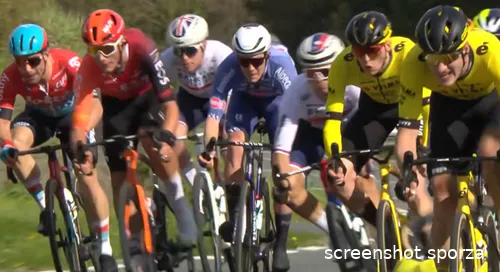
The moment it all went wrong in Flanders: Stuyven, Van Aert, and Pedersen crash
ADVERTISEMENT
Who will, in the future, dare to participate in the treacherous Tour of the Basque Country as preparation for peak Tour de France form? Who will risk the cobblestone monuments by facing the traps of Dwars door Vlaanderen? And who will gamble their Vuelta aspirations on the deceptive roads around Burgos, just to practice one uphill finish among four nerve-wracking others? More riders will likely reconsider their schedules, opting to train safely at altitude or at home with family, reducing their exposure to competitive races to save their best for the biggest, career-defining events.
But there's also a downside. Arriving at races without sufficient race rhythm can be a disadvantage. Part of the inherent risk in racing comes from the riders themselves, who push the limits with extremely high speeds and ever-improving equipment. They control these risks, despite the apparent dangers posed by smaller races. And then there's the notion that crashes are simply part of the sport. If in these times of faster, better, more—combined with a peloton adhering to these high standards—crashes are inevitable, we may need to brace for what's coming. And yet, real discussions on increasing (and therefore preventing) catastrophic crashes are scant. Isn’t that discussion also necessary?
Moving forward, big names might well think twice: "The Tour of Burgos this year? Maybe I'll pass on the risk..."
Read also
IDL-productions

‘I was also close to a burnout’: Vingegaard — like Plugge, van Aert and Kelderman — responds to Yates announcement
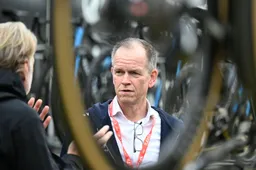
Shooting range, spot on the budget ranking and major innovation on the horizon: Richard Plugge ahead of Visma | Lease a Bike’s 2026 season
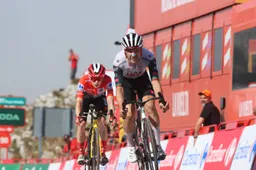
João Almeida prepares for Giro clash with Vingegaard: 'Everyone is beatable, except maybe Pogacar'
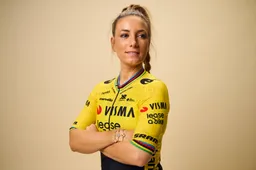
Pauline Ferrand-Prévot changed number: 'Must be able to live my own life'
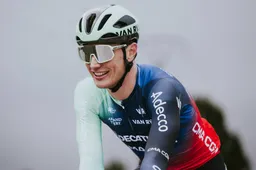
False start 2026 for Olav Kooij at new team Decathlon CMA-CGM
Latest Cycling News
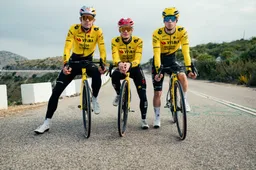
Wout van Aert still ambitious for spring Classics alongside Visma | Lease a Bike's rising star

‘I was also close to a burnout’: Vingegaard — like Plugge, van Aert and Kelderman — responds to Yates announcement

Shooting range, spot on the budget ranking and major innovation on the horizon: Richard Plugge ahead of Visma | Lease a Bike’s 2026 season

João Almeida prepares for Giro clash with Vingegaard: 'Everyone is beatable, except maybe Pogacar'

Pauline Ferrand-Prévot changed number: 'Must be able to live my own life'
Popular Cycling News

Tom Pidcock presents his spring plans: full calendar for Pinarello - Q36.5-leader, from Nieuwsblad to Liège
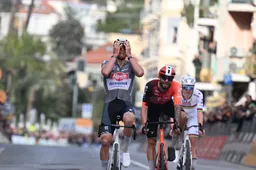
No Boonen or Cancellara, but Van der Poel is the king of classics, says Kristoff: 'He could have beaten them all'
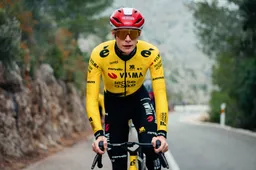
Is Vingegaard conceding to the dominance of Pogacar by riding the Giro? 'That's my takeaway,' says Bruyneel
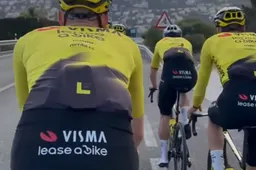
What broken ankle? Van Aert already back on the bike, with a 6(!) hour training session with teammates in Spain

João Almeida prepares for Giro clash with Vingegaard: 'Everyone is beatable, except maybe Pogacar'
Latest Comments
- Those events are mental rest for him. Fun, without expectations. *Sagan lost his abilities because he gained weight and got lazy. Pogi will likely retire before that has a chance at happening.Veganpotter14-12-2025
- Ah, the consequences of riding for Israel.Veganpotter11-12-2025
- Pidcock could follow everyone but Pogi while finishing 3rd. No second place rider this season😃Veganpotter16-11-2025
- Now the Palestinian protestors can stop their whining. Trump came to the rescue. So they can now STFU and go back to waving the rainbow flags.raufus15-10-2025
- Cracked the code lol. If it was that easy to 'crack the code' jonny Vegas would be charging up the Kwaremont giving Pog a dose of his medicine. Evenepoel can't match pog on a climb and neither can mvdp. Anything with a half difficult climb and Pog smashes the field. Even on flat(ish)parcours like Roubaix it came down to a mistake and crash by pog to definitively crown mvdp. MSR is the only one that Pog probably won't win.kevpt10-10-2025
- We've seen this movie before. I think Pogacar is doping.DeadBlow10-10-2025
- 👍Bea08-10-2025
- 👌🏻Bea08-10-2025
- What the data doesn't show is how much of an effect drafting had for evenepoel. Pogacar went with del toro at 100km whilst Evenepoel was still in the bunch. Despite the bike changes he still had a lot of assistance getting back to the bunch. Pogacar then rode 60km solo whilst evenepoel rode with Healy/Skjelmose until going solo in thd last 10-15km. Thats ~20% less power / energy requirements for 45-50km. Apples and oranges...kevpt30-09-2025
- 👏👏Bea24-09-2025
Loading
